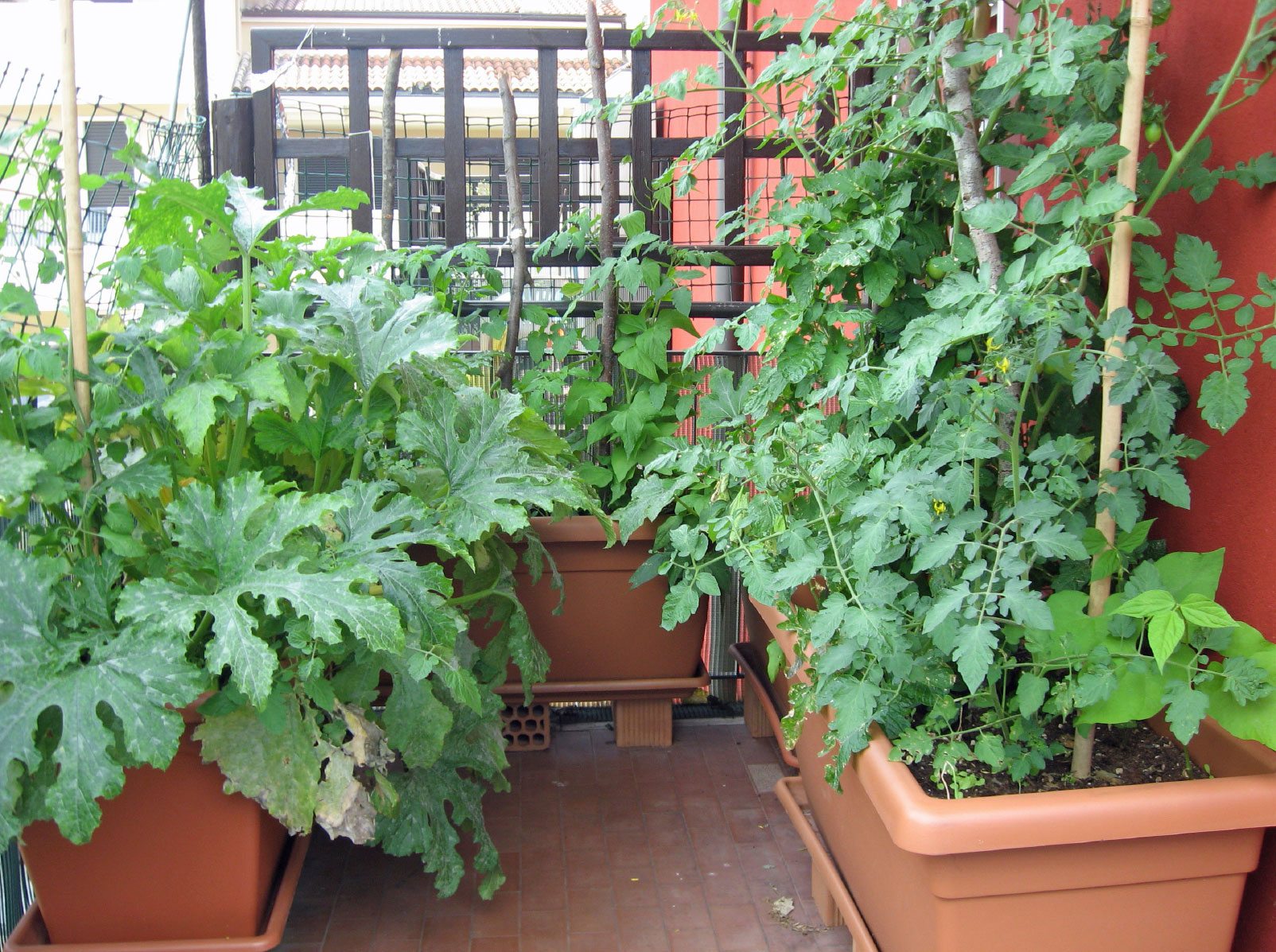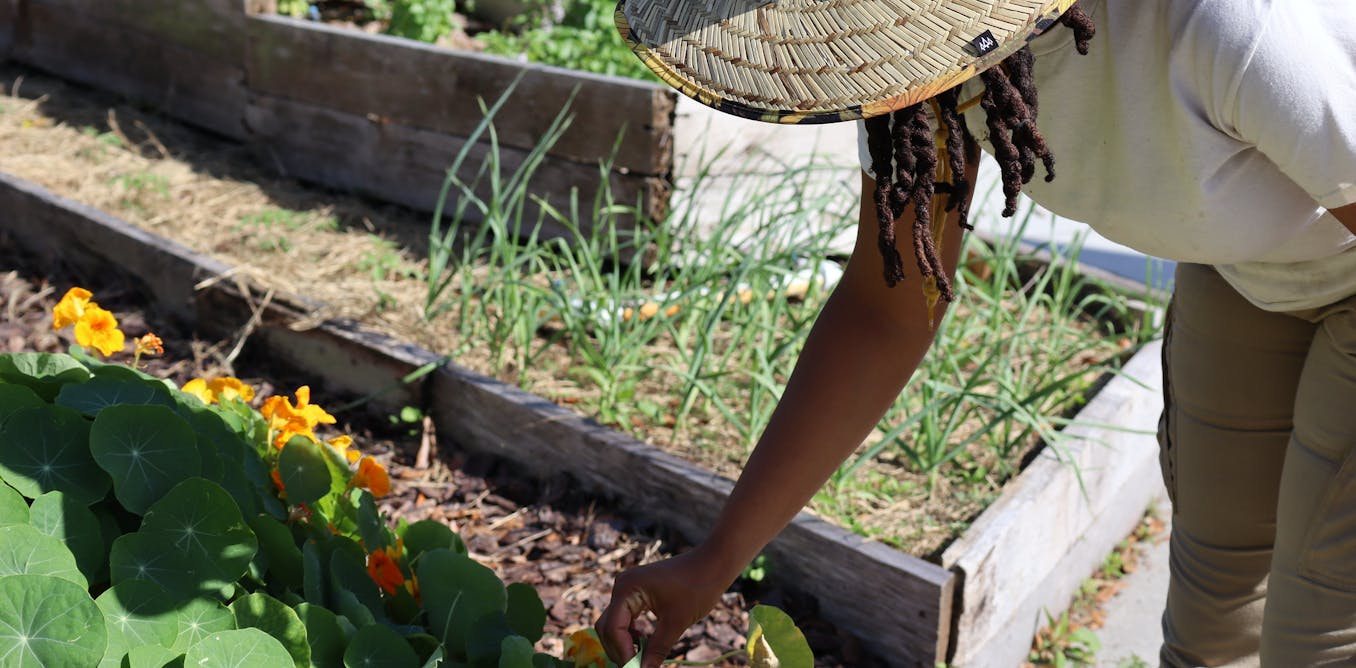City Blooming - The Facts
City Blooming - The Facts
Blog Article
Some Ideas on City Blooming You Need To Know
Table of ContentsIndicators on City Blooming You Need To KnowThe Ultimate Guide To City BloomingCity Blooming Things To Know Before You BuyThe Definitive Guide for City BloomingUnknown Facts About City Blooming

As a matter of fact, as you walk the roads of the Bronx, Southside Chicago or East Oakland, you might see have actually even seen big stories of ripening vegetables and fruits being collected. Nonetheless, just what are metropolitan ranches and neighborhood yards? Are they different? If so, how? And more importantly, just how can you sustain them? Urban farming, urban farming, or metropolitan horticulture is the practice of cultivating, processing and dispersing food in or around metropolitan areas.
Generally, urban farming as a technique is a bigger investment than gardening. There are countless extra hours spent right into the minutiae of farming, from the plant plan to the often tending of your beds. This time around commitment takes on a whole new significance once you realize the goal that is being functioned towards and committed, specifically that of getting an abundant return of crops to be taken in.
A community garden is a single item of land gardened collectively by a team of individuals. Area gardens make use of either specific or common plots on private or public land while producing fruit, vegetables, and/or plants expanded for their appealing look. The basic design here is that a big team of individuals each contribute a relatively small quantity of time to working their own plot, and obtain the fruits of their labor therefore.
A Biased View of City Blooming

There are area gardens, a number of whom Small Axe Peppers has partnered with, that offer support to evacuees, low-income families, kids groups, and area organizations by assisting them establish and grow their very own gardens. The differences in between community yard and urban farm are nuanced, though ultimately the exact same fundamental task takes placefood plant farming but within different business frameworks.
Urban ranches are typically more company and innovation oriented, with the main objective of maximizing yields and marketing produce. Commercial urban farms are frequently focused on expanding manufacturing on typically tiny land area with developments in modern technologies such as tank farming, hydroponics, and greenhouses and may companion with a business cooking area to produce locally-produced value-added items such as jams and sauces.
What Does City Blooming Do?
The produce is usually grown on a much smaller sized scale and is taken home to consume at home or to share. By supplying much needed eco-friendly spaces in penniless, concrete metropolitan areas, they permit the benefits of yard gardening to those lacking yards, and work as exceptional examples of self-organization and community activism.
Some neighborhood yards, usually in city locations, move into growing for industrial usage while some city ranches open up their land for even more socially aware benefits. No matter of how you webpage define and distinguish the two, they are both positive forces for good in cities around America and the world.
As all of Tiny Axe Peppers' hot sauces are sourced with peppers from community gardens, your acquisitions straight assist fund these local projects (https://www.huntingnet.com/forum/members/cityblooming.html). Take part in the change by.
A buddy of mine just recently commented in a conversation regarding horticulture that "It's fascinating, I've always believed that farming as a practice is somewhat like gardening. As I invested even more and even more time in my Urban Farming class I have actually come to realize that to say that gardening is a miniature expansion of agriculture would certainly be a little bit of stretch.
The Best Strategy To Use For City Blooming
They both revolve around the treatment of plants for some goal that can be sustenance, profit or simply the satisfaction of the craft. They both need a monetary financial investment on top of a time investment, something that a great deal of people in our fast paced life do not have a great deal of.
We can see that the similarities are plentiful, however are the distinctions enough to create a difference? As a trainee at NYU I have the possibility to deal with the leave It Much better Foundation, a team that teaches fundamental nutrition and gardening to senior high school students. https://www.evernote.com/shard/s416/sh/76427f1e-db42-71c3-1e07-e8ebfa2fefe5/AF51jmfHpNcDRC9u_dl3krlbzdyP7xITRgVg4ufD6qAMWS5gU0WOhxsSWA. This experience offered me a thorough venture into the world of amateur gardening past what lots of people have been in contact with
Farming as a practice is a larger financial investment than gardening. There are countless much more hours spent into the trivial matters of farming, from the plant plan to the having a tendency of your beds.
The average gardener goes regarding his obligations as a job instead of a requirement and thus identifies his or herself from the farmer. With this distinction in hand, they are both soothing and peaceful workouts that anybody can select up, which by itself should be a promotion for both.
The Facts About City Blooming Uncovered
Something failed - City gardening. Wait a minute and try once again Try again
Report this page